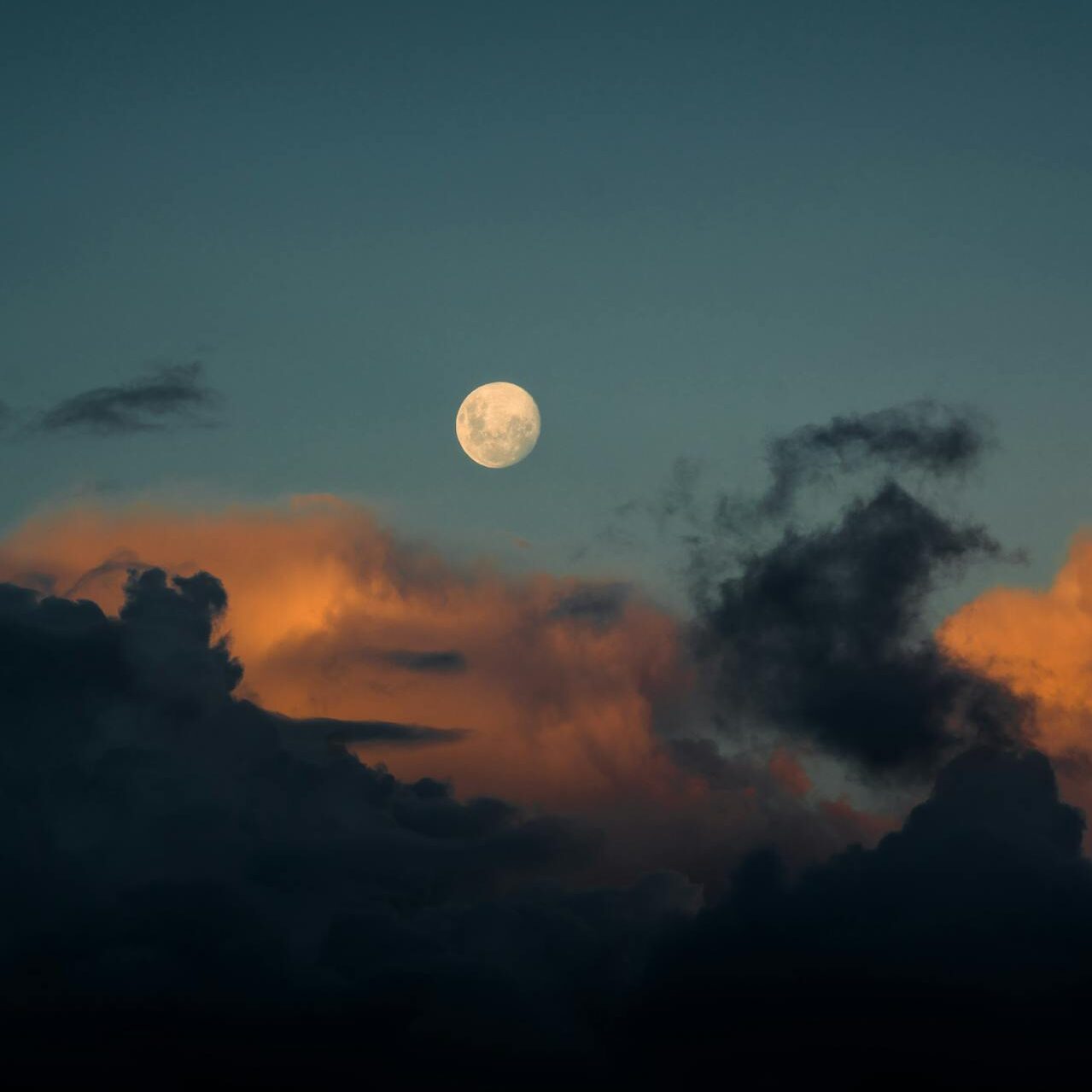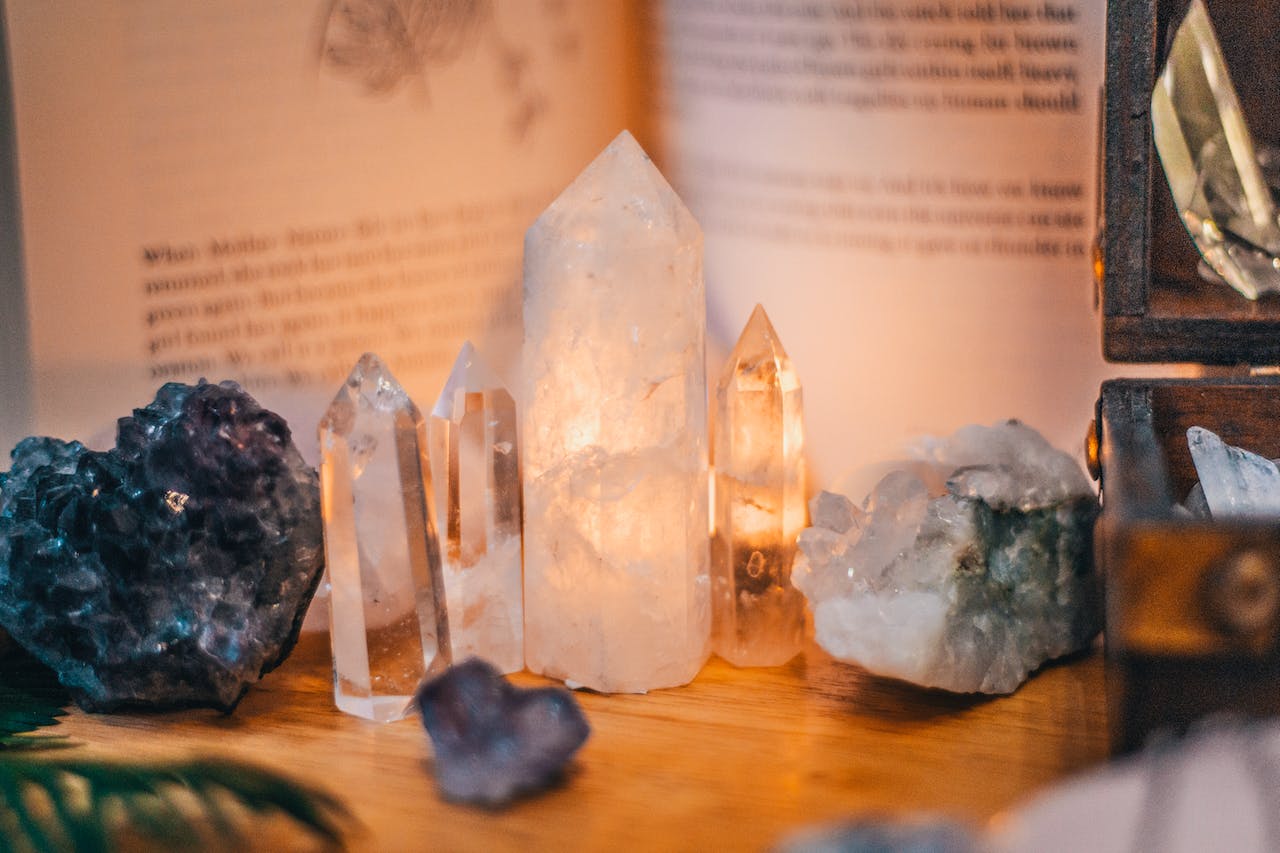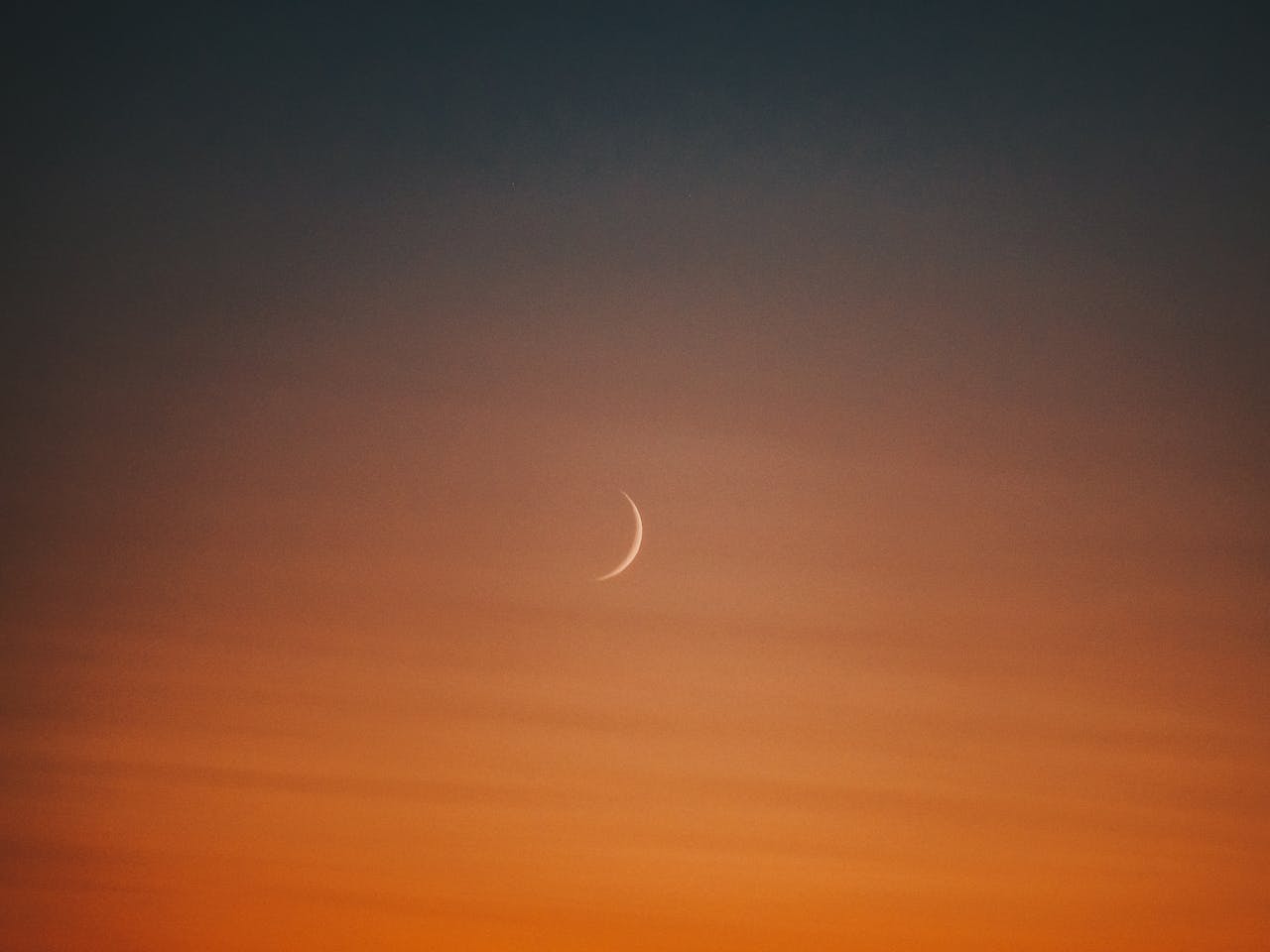The moon affects the world around us in profound, but often unnoticed, ways every day. Not only does it represent balance, light and dark, male and female, yin and yang, but it also has profound connections to the subconscious mind.
Your creativity, intuition, and emotions can all be tied to the cycle of the moon. By understanding the 8 different moon phases, you can better manage your intentions and progress through the month.
How Many Phases of the Moon Are There?
What are the phases of the moon? The moon has 8 phases in its roughly 29.5-day cycle: New Moon, Waxing Crescent, First Quarter, Waxing Gibbous, Full Moon, Waning Gibbous, Last Quarter, and Waning Crescent. These moon phases result from the changing positions of the Earth, moon, and Sun.
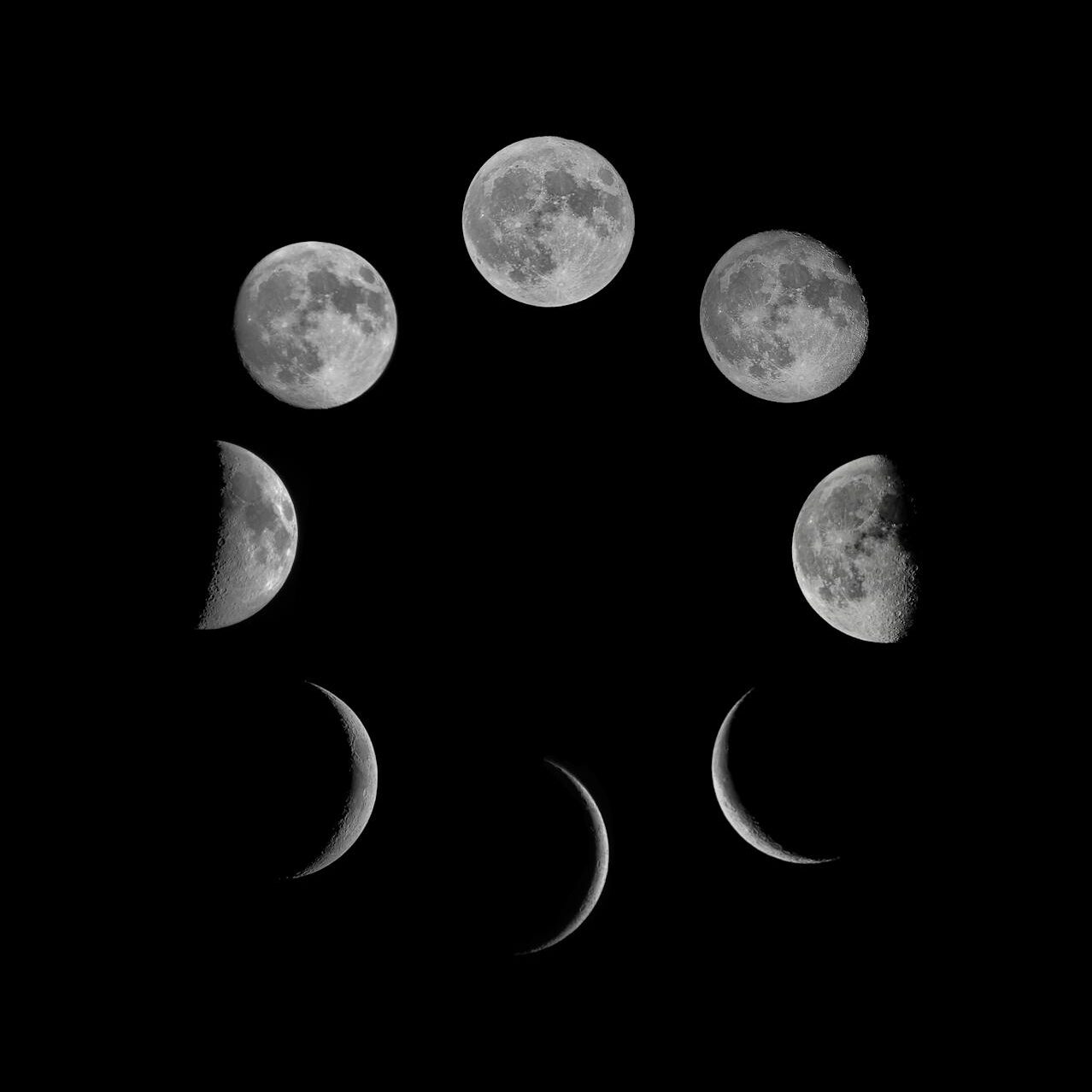
All 8 Moon Phases and Their Meanings
1. The New Moon

What Is a New Moon? What Does a New Moon Look Like?
The new moon is the first stage in the lunar cycle: the time at which you cannot see the moon in the night sky. This stage is a time of setting intentions: a blank canvas on which you can start new projects, set new goals for yourself, and start working toward them.
New Moon Meaning
Just as the new moon is a new beginning, a blank slate that will grow steadily throughout the lunar cycle, your new month is a blank slate laid out in front of you: a chance to do something new, to grow in unexpected ways, and to see everything that the world has to offer you.
The new moon is associated with fresh starts and a chance to heal from the past while experiencing inner growth.
Connecting With the New Moon Spiritually
The new moon is an excellent time to connect deliberately with the moon and use it to guide you throughout the rest of the month. You can harness this energy through the use of new moon rituals to enhance your transformative journey.
During this time, you might choose to lay out your goals and determine what you want them to look like. Consider lighting a candle while envisioning your goals. Some people choose to take a ritual bath, including herbs to help you focus on your intentions and connect more closely.
The Waxing Phase
During the waxing phase, which occurs on days 2-14 of the moon cycle, the moon gradually moves closer to full. For many people, this is the ideal time to focus on moving toward the goals they’ve set for themselves. As the moon grows toward its fullest point, you can also track your progress toward those goals, observing what you’re able to accomplish.
By taking advantage of the waxing phase to focus outward and make progress toward their goals, many people find that they can see an immense difference in their ability to connect with their intentions. You may find that during the waxing moon, you are more energetic and better motivated to reach out to those around you.
2. The Waxing Crescent Moon
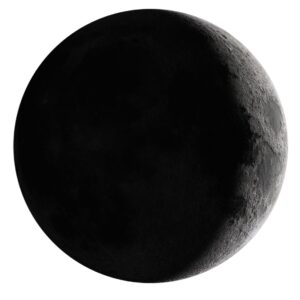
The waxing moon is often divided into three segments. The waxing crescent (before the first quarter), is a time of initial growth and rejuvenation: a time to set intentions, hopes, and desires.
3. The First Quarter
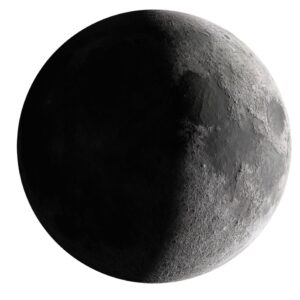
In the first quarter (when the moon is 1/2 full), you have a chance to pause, reflect, and make any changes necessary to reach your goals.
4. The Waxing Gibbous Moon
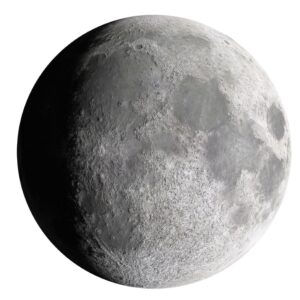
During the waxing gibbous phase (when the moon grows from 1/4 full to full), it’s time to refine your intentions and focus more fully on everything to come.
What to Do During the Waxing Phase?
During the waxing phase, focus on living in alignment with your goals. You may want to journal about your progress toward those goals or start a habit of daily affirmations. Make a habit of standing in the moonlight and thinking about your goals and how you’re progressing toward them.
You may even choose to ask for gifts from or connections to the moon: inspiration and creativity that can help you progress toward those important goals.
5. The Full Moon
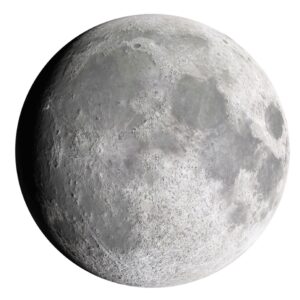
As the full moon shines brightly overhead, you can see the entire moon illuminated by the sun in the night sky. It is a time of fulfillment: a time when you may feel greater clarity or get a better feeling for how far you’ve come toward your goals.
The full moon is the ideal time for celebrating your progress and seeing how far you’ve come toward those milestones.
That doesn’t necessarily mean that you have accomplished all of your goals! However, it is a time of celebration, when you can take a look at how far you have come, not just over the past month, but as you have moved toward your overall goals.
Connecting with the Full Moon Spiritually
The full moon is perhaps the most recognized period of connection with the moon. Even people who do not otherwise pay attention to the cycles of the moon will often look up at the moon overhead and find ways to connect more deeply with it.
This is a great time to make moon water, which is done by filling a glass jar with distilled water or spring water and leaving it out underneath the full moon. Moon water can help cleanse negative feelings and emotions and pave the way for a clearer future, including helping you transform yourself spiritually.
The full moon is also used as a chance to reset and connect with the moon in other ways. Some people will use it as a time to set intentions by candlelight or to create and charge their crystals, allowing them to take advantage of the positive, affirming power of the moon during other times of the month.
You may choose to get out under the full moon and dance by its light, affirming your sense of connection and celebrating yourself and your progress. You may also use the full moon as a time of meditation.
In short, choose the method that works best for you, and use it to connect with the moon during this time.
The Waning Phase
While the waxing phase is a time of goal-setting and looking outward, the waning phase is a time when you have the opportunity to look within and reflect.
That does not mean that this is not a time to make progress toward your goals! Instead, focusing on the waning moon, as the moon grows smaller and moves back toward the new moon phase, allows you to take stock of yourself and your progress toward your goals.
Like the waxing phase, the waning phase can also be divided into smaller segments.
6. The Waning Gibbous Moon
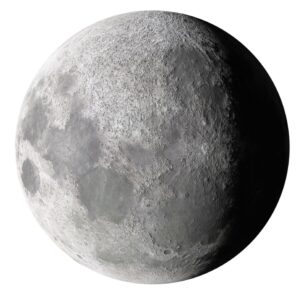
In the waning gibbous moon (the period when a dark sliver is visible on the moon’s right side), many people choose to engage in evaluation and consider how the month is progressing.
7. The Last Quarter
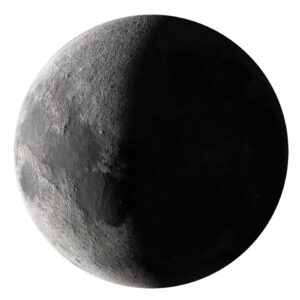
The last quarter, when half the moon is visible during the waning cycle, is a time of letting go of things that are no longer effective and purging things that no longer belong.
8. The Waning Crescent Moon
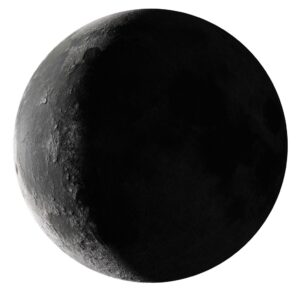
The waning crescent moon, when just a thin crescent is visible, is the ideal time to surrender and engage in self-care.
What to Do During the Waning Phase?
During the waning phase, you have the opportunity to let go of things that you no longer need, discarding things that bring negativity to your life or that are not helping you reach your goals.
Many people use this time to acknowledge the positive things in their lives, the ones that they want to keep for later, and to discard negative habits or those that are not helping them progress toward their goals.
During the waning phase, pay attention to the little nudges of intuition. Take the time to rest and reset, if needed. In many cases, you’ll find that this time of introspection is a key part of helping you manifest your goals and make them a reality.
This is an excellent time to engage in mindful movements, including yoga or tai chi. Take slow, gentle walks. Spend some time meditating on the possibilities still ahead of you and the accomplishments you have already reached. By focusing inward during this time, you are able to pave the way for your future goals and aspirations.
What Causes the Phases of the Moon?
The phases of the moon are caused by the relative positions of the Earth, moon, and Sun. As the moon orbits the Earth, different portions of its surface are illuminated by the Sun, creating various phases. The changing angles between these celestial bodies determine how much of the moon’s illuminated half is visible from Earth.
Final Thoughts on the Moon Phases
The moon has many spiritual implications that span across cultures. The cyclic nature of the moon offers the perfect guide for connecting with your inner self. As it marks the passage of time, it also offers the opportunity to celebrate femininity and the cycle of life.
Many people never take the opportunity to connect more deeply with the moon and note the impact it has on the world around them.
However, by making that spiritual practice part of your everyday life, you can deepen your understanding of the unseen world around you and improve your ability to meet your goals, focus on your intentions, and guide your journey.
Read More
What Is a Sun Sign, Moon Sign, and Rising Sign? How to Calculate Them?

